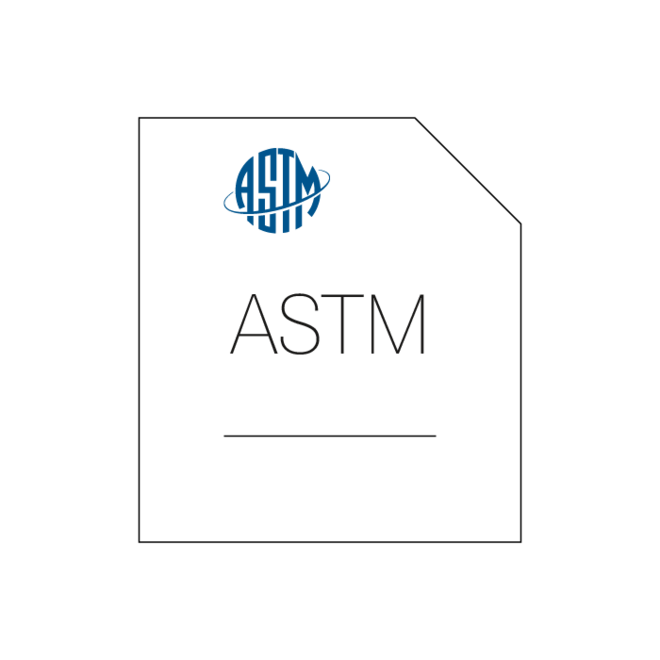Jetzt anpassen und kaufen
69,00 €
exkl. USt.
Konfigurieren


Norm
ASTM D 5311
Ausgabedatum: 2011
Standard Test Method for Load Controlled Cyclic Triaxial Strength of Soil
1.1 This test method covers the determination of the cyclic strength (sometimes called the liquefaction potential) of saturated soils in either undisturbed or reconstitut...
Weiterlesen
Herausgeber:
American Society for Testing and Materials
Format:
Digital | 11 Seiten
Sprache:
Englisch
ICS
1.1 This test method covers the determination of the cyclic strength (sometimes called the liquefaction potential) of saturated soils in either undisturbed or reconstituted states by the load-controlled cyclic triaxial technique. 1.2 The cyclic strength of a soil is evaluated relative to a number of factors, including: the development of axial strain, magnitude of applied cyclic stress, number of cycles of stress application, development of excess pore-water pressure, and state of effective stress. A comprehensive review of factors affecting cyclic triaxial test results is contained in the literature (1) . 1.3 Cyclic triaxial strength tests are conducted under undrained conditions to simulate essentially undrained field conditions during earthquake or other cyclic loading. 1.4 Cyclic triaxial strength tests are destructive. Failure may be defined on the basis of the number of stress cycles required to reach a limiting strain or 100 % pore pressure ratio. See Section 3 for Terminology. 1.5 This test method is generally applicable for testing cohesionless free draining soils of relatively high permeability. When testing well-graded materials, silts, or clays, it should be recognized that pore-water pressures monitored at the specimen ends to not in general represent pore-water pressure values throughout the specimen. However, this test method may be followed when testing most soil types if care is taken to ensure that problem soils receive special consideration when tested and when test results are evaluated. 1.6 There are certain limitations inherent in using cyclic triaxial tests to simulate the stress and strain conditions of a soil element in the field during an earthquake. 1.6.1 Nonuniform stress conditions within the test specimen are imposed by the specimen end platens. This can cause a redistribution of void ratio within the specimen during the test. 1.6.2 A 90 ° change in the direction of the major principal s ....(abbreviated)
ASTM D 5311
1992
Standard Test Method for Load Controlled Cyclic Triaxial Strength of Soil(Reapproved 2004)
Norm
